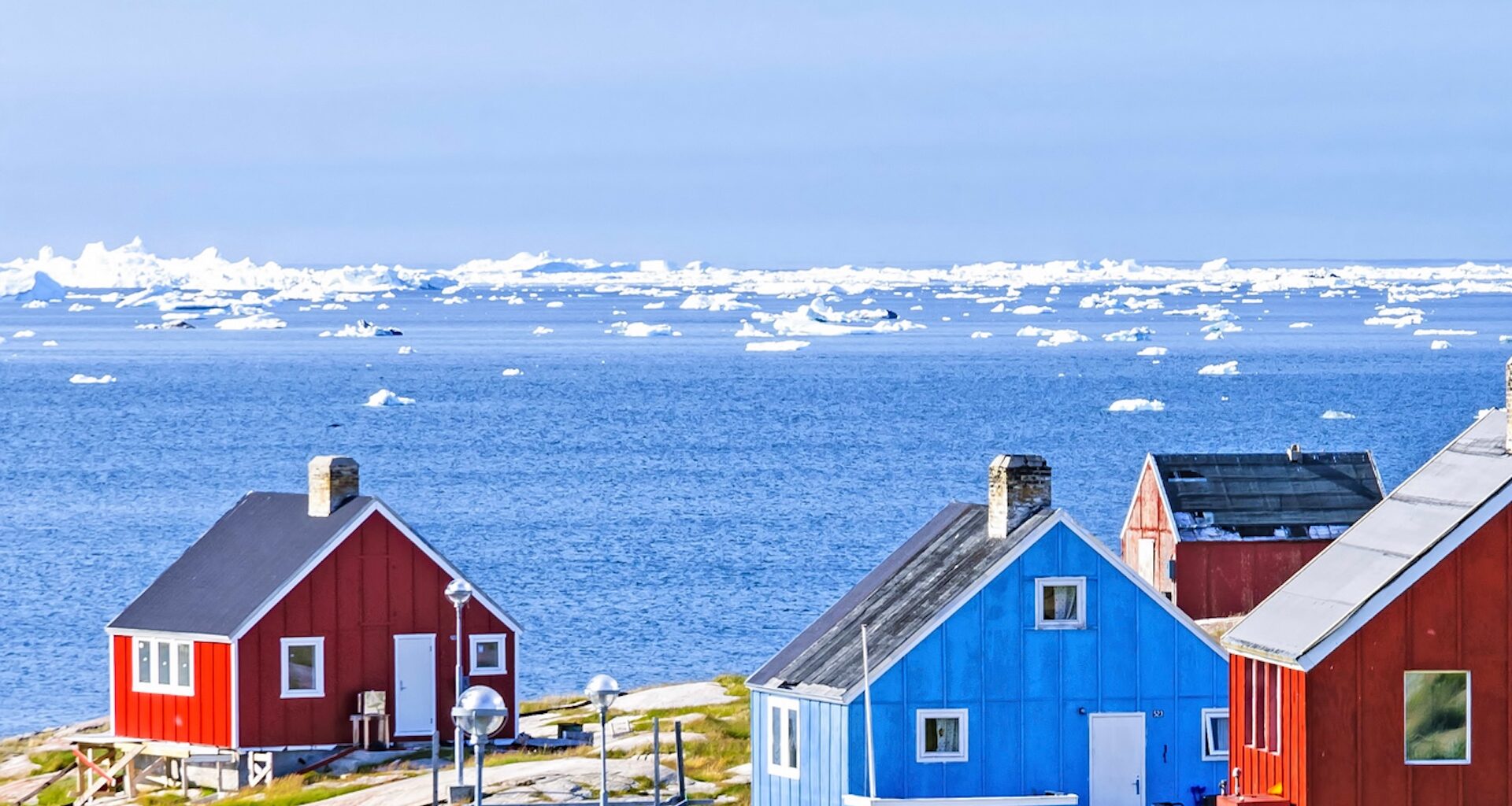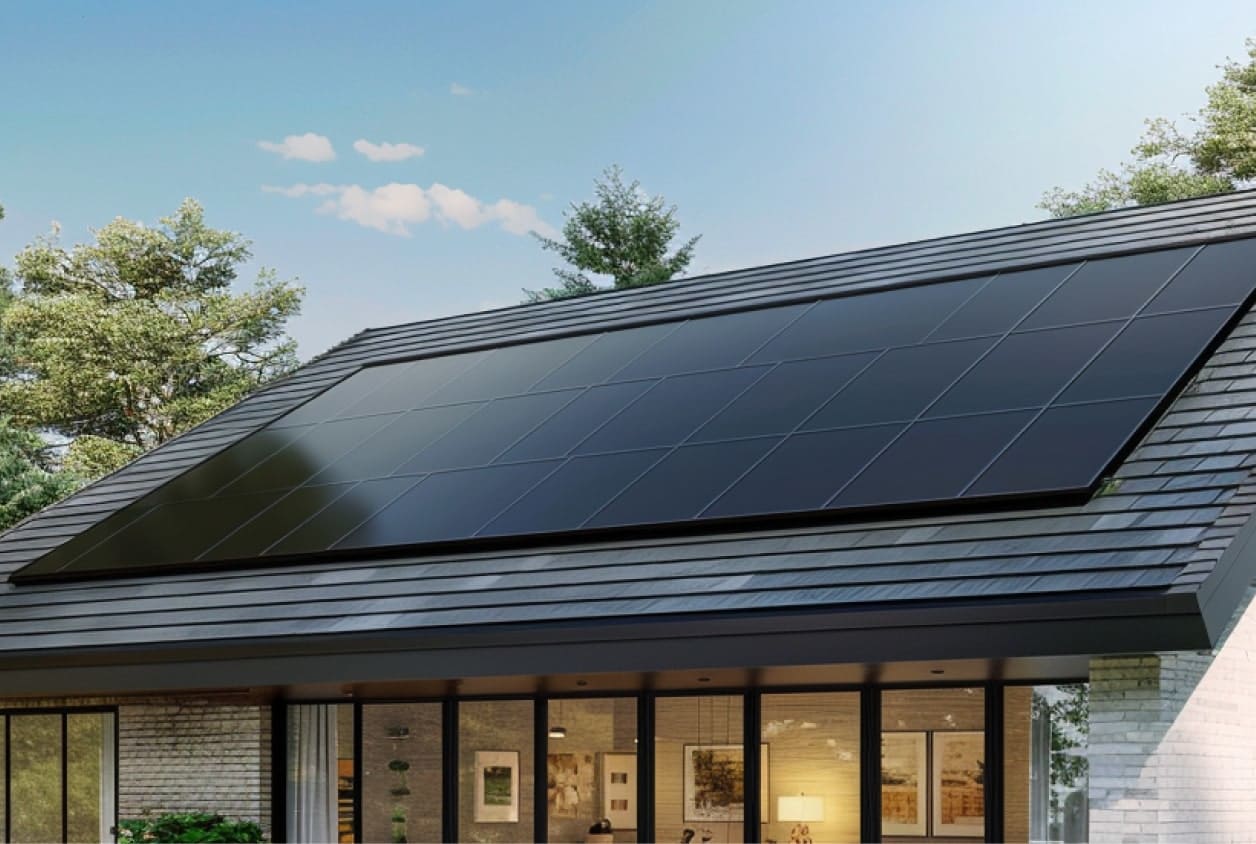The entire island of Greenland has shifted northwest by approximately two centimeters per year for the past 20 years.
This alarming, climate-driven movement is changing the size and shape of the country. It’s becoming more pronounced as ice melt accelerates due to rising global temperatures and extreme weather.
What’s happening?
Technical University of Denmark scientists obtained precise measurements of how Greenland is shifting due to ice melt.
They collected data from 58 GNSS stations across Greenland to determine the country’s position, bedrock elevation changes, and patterns of shrinking and stretching.
The researchers published their findings in the Journal of Geophysical Research: Solid Earth.
“The ice that has melted in recent decades has pushed Greenland outward and caused uplift, so the area has actually become larger during this period,” explained Danjal Longfors Berg, lead author of the study.
Want to go solar but not sure who to trust? EnergySage has your back with free and transparent quotes from fully vetted providers that can help you save as much as $10k on installation.
To get started, just answer a few questions about your home — no phone number required. Within a day or two, EnergySage will email you the best local options for your needs, and their expert advisers can help you compare quotes and pick a winner.
“At the same time, we see movement in the opposite direction, where Greenland is rising and contracting due to prehistoric changes in the ice masses related to the last Ice Age and its end.”
Why is Greenland’s shifting significant?
This scientific discovery is useful because it demonstrates how a warming climate is impacting the Arctic at an accelerating rate. Greenland is shrinking overall, but the researchers noted that the trend could change in the future as ice melt increases each year.
“It’s important to understand the movements of landmasses,” Berg said. “They are, of course, interesting for geoscience. But they are also crucial for surveying and navigation, since even the fixed reference points in Greenland are slowly shifting.”
Meanwhile, other scientists have also been uncovering irreversible land losses in Greenland and concerning side effects of melting ice sheets around the island.
All of this data also further proves the profound and worsening impacts of rising global temperatures.
What’s being done worldwide to prevent land loss?
Studies like this one raise public awareness of land losses and geological shifts related to the climate crisis.
Encouragingly, environmental advocates worldwide have been pursuing initiatives to preserve land for public use and conservation.
For example, Land for Maine’s Future has preserved over 3,500 acres of land. Federal measures have been introduced to protect Alaska from destructive development. Also, individual families have been donating land to conservation groups.
You can do your part to raise awareness about the critical climate issue of Arctic ice melt by setting a sustainable example in your community.
For instance, installing solar panels on your home can help reduce reliance on grid-provided energy, which still heavily relies on burning dirty fuels. The technology will also provide energy resiliency during extreme weather and save you money on utility bills, all while helping the planet.
When you’re ready to make the upgrade, EnergySage can help you find a trusted installer and save up to $10,000 on upfront costs.
Join our free newsletter for good news and useful tips, and don’t miss this cool list of easy ways to help yourself while helping the planet.


